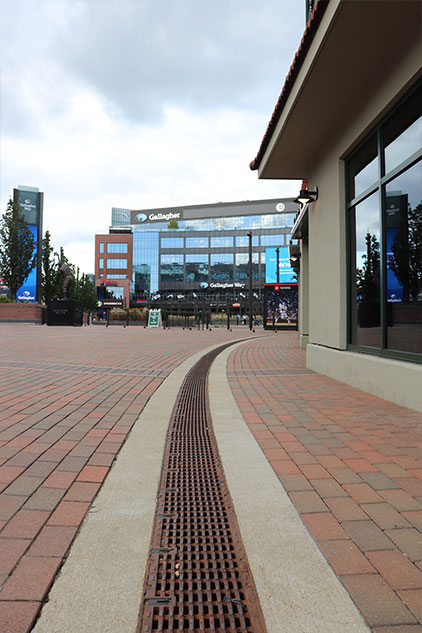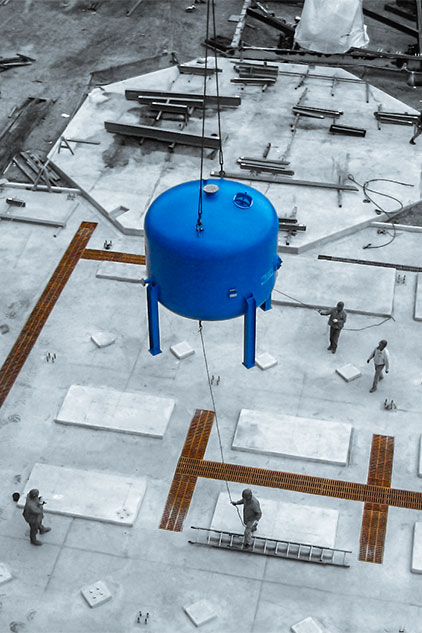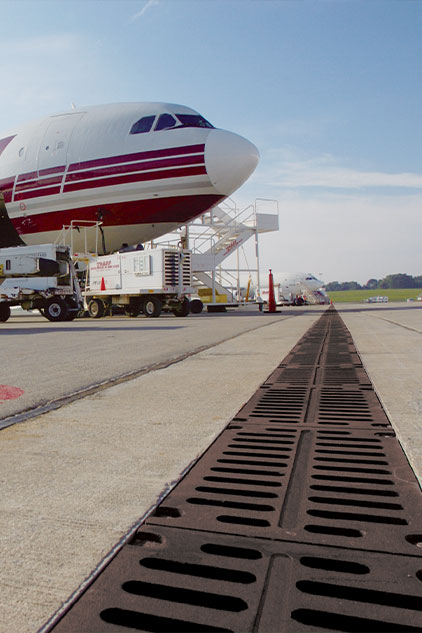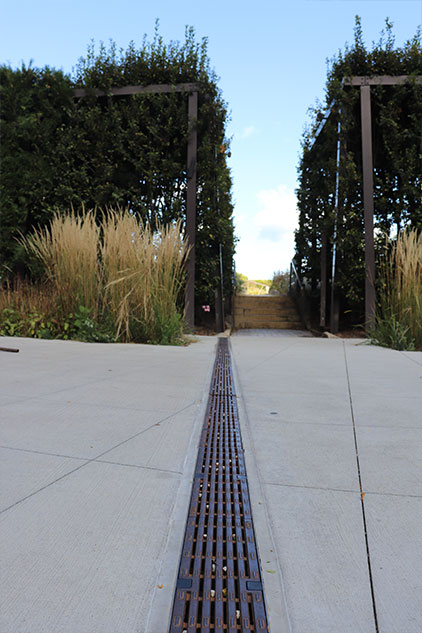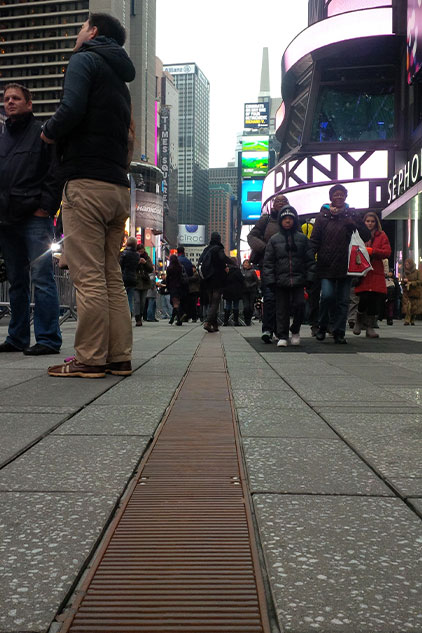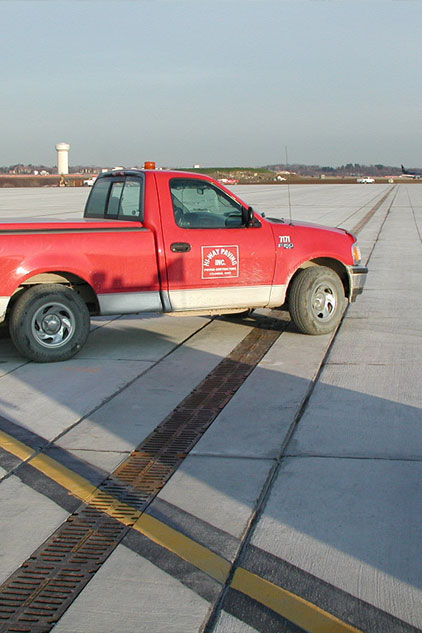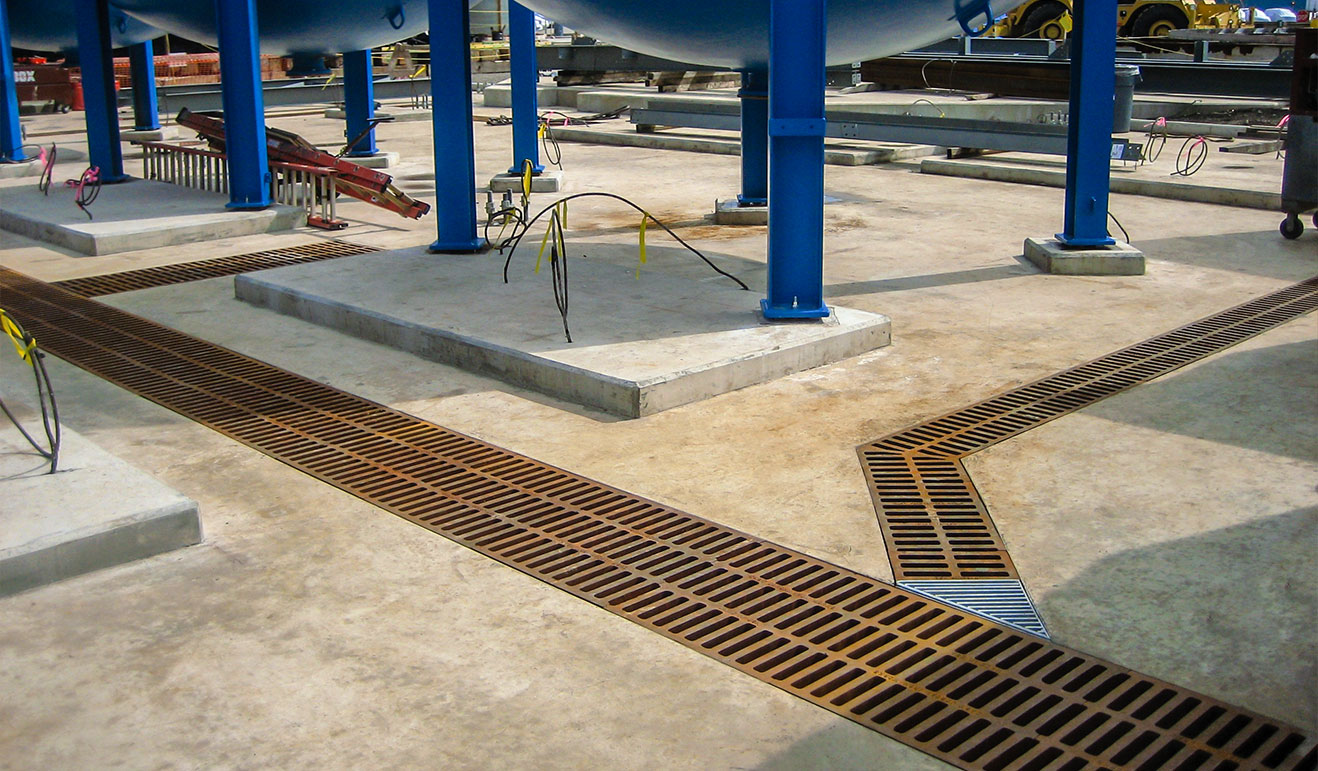Rust? No. Patina.
The rust on cast iron is not invasive but will act like a coating to prevent deep rusting.
The reality is we can’t prevent rust on an iron product. Patina is a naturally occurring process that iron goes through and shouldn’t be confused with corrosive rust. Patina is actually good for iron as provides a protective layer.
Cast iron/ductile iron will last many decades with little change if left unfinished. The natural changes in metals due to atmospheric exposure is called patination, or patina. A metal’s patina is actually a thin layer of oxides on the metal and acts to slow down further corrosion. Therefore patina on cast iron gratings in no way harms their structural integrity. Cast iron will begin to patina when the relative humidity exceeds about 64%. The patination of cast iron grates goes through a predictable set of stages. The duration of each stage depends on local moisture conditions and the amount of foot traffic, foreign substances, etc. Cast iron/ductile iron will progress slower in the desert compared to areas of higher humidity.
The black coating you see on grates is not meant to be permanent. Any coating on an cast iron/ductile iron would require maintenance and need recoated over time. The coating is only meant to slow the process down from production, to inventory, to installation. Eventually the black coating will weather away resulting in a consistent dark patina. In fact, many landscape architects prefer the look of a naturally patinated iron grate. They know it minimizes maintenance for the client and works with mother nature to provide a beautiful long term solution for a landscape design.
